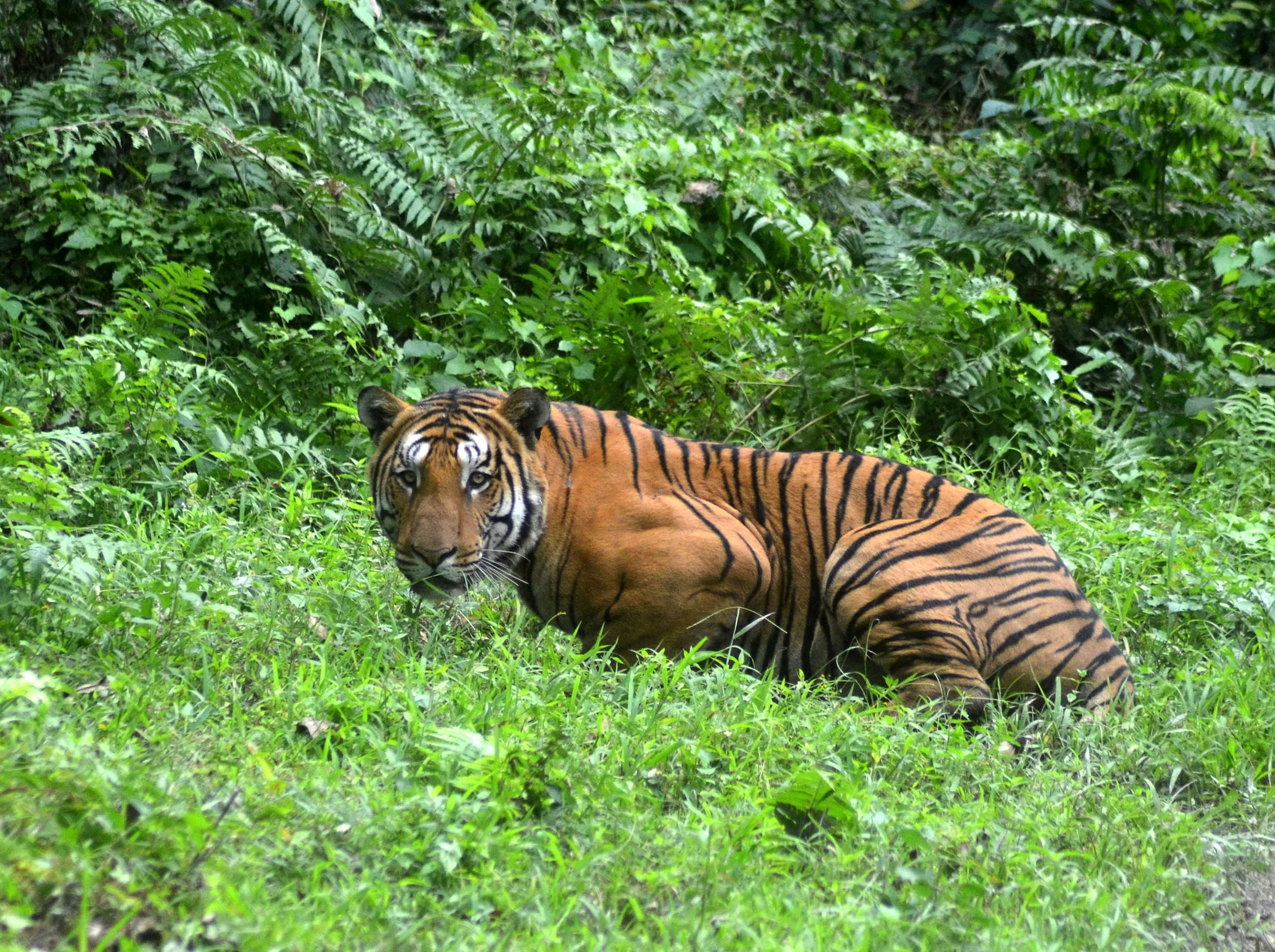Wild tiger population up by 40% showing ‘recovery is possible’, conservation group says
IUCN says habitat protection projects are succeeding

There are at least 40 per cent more tigers in the wild than was earlier thought, according to a leading conservationist group.
The jump in the number of tigers in the wild is due to “improved monitoring” and the population of wild cats is now thought to be stable or increasing, even though they are still an endangered species, said the International Union for Conservation of Nature (IUCN).
IUCN cited habitat protection projects and said they showed “recovery is possible”.
The conservationist group released its Red List which indicates that among the 147,517 listed species, 41,459 are threatened with extinction.
In a statement, IUCN said that “while this reassessment confirms that the tiger remains Endangered on the IUCN Red List, the population trend indicates that projects such as the IUCN Integrated Tiger Habitat Conservation Programme are succeeding and recovery is possible as long as conservation efforts continue”.
Dr Jon Paul Rodríguez, chairperson of the IUCN Species Survival Commission, said: “Tiger population recovery, however, shows us that solving complex conservation challenges is possible and within our reach. Although tigers are still endangered, their populations appear to be stable or increasing.”
There are thought to be between 3,726 and 5,578 wild tigers – 40 per cent more than what was reported in the last assessment in 2015.
Major threats include “poaching of tigers, poaching and hunting of their prey, and habitat fragmentation and destruction due to the growing pressures of agriculture and human settlement”, said the statement.
It added that “expanding and connecting protected areas, ensuring they are effectively managed, and working with local communities living in and around tiger habitats, are critical to protecting the species”.
The IUCN Red List is described by the organisation as a critical indicator of the health of the world’s biodiversity.
The group’s website stated it is “far more than a list of species and their status”.
“It is a powerful tool to inform and catalyse action for biodiversity conservation and policy change, critical to protecting the natural resources we need to survive,” according to the group.
Subscribe to Independent Premium to bookmark this article
Want to bookmark your favourite articles and stories to read or reference later? Start your Independent Premium subscription today.

Join our commenting forum
Join thought-provoking conversations, follow other Independent readers and see their replies